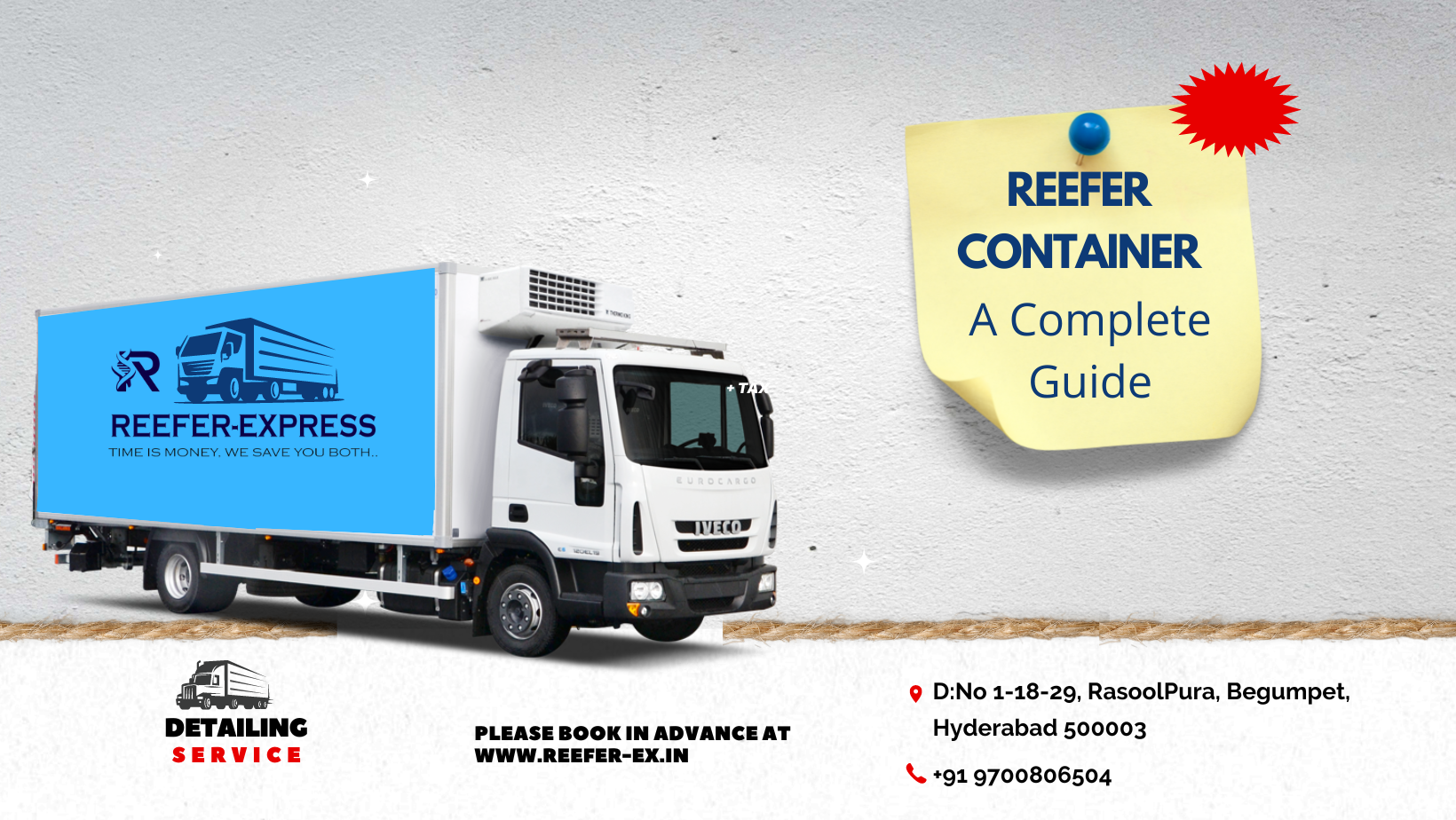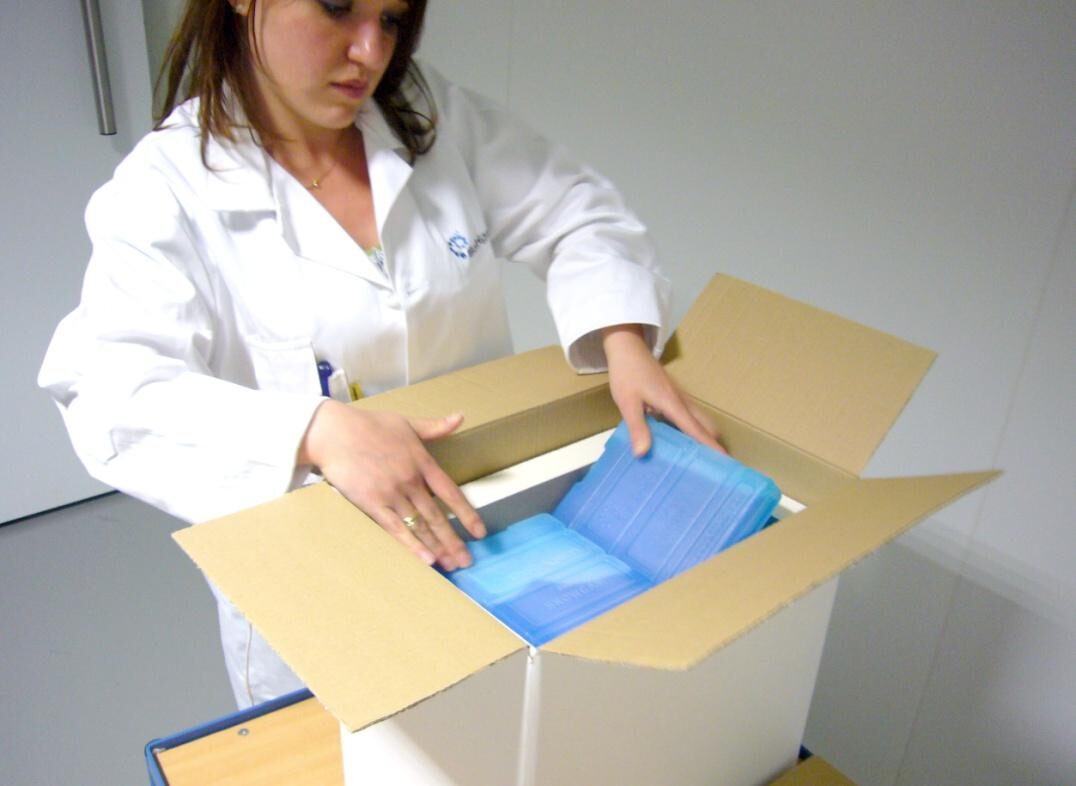Containers have made international trade much easier and more efficient, providing a standardized way to store and ship goods all over the world. One type of container that has become increasingly popular in recent years is the reefer container, which is used to transport perishable goods that need to be kept cool or frozen.
In this guide, we’ll take a look at what reefer containers are, the different types and sizes that are available, and some of the most common uses for them.
What is Reefer Container?
A refrigerated container (reefer) is an intermodal container used to transport temperature-sensitive cargoes such as food, pharmaceuticals, and chemicals. reefer containers refrigerate the air inside the container by circulating coolant through a system of pipes in the walls of the container.
What are the different types of Reefer Containers?
There are three main types of reefer containers:
1) Standard refrigerated container
These are the most common type of reefer container and are used to transport a wide range of temperature-sensitive cargoes. Standard refrigerated containers have a temperature range of -25°C to +25°C.
2) Deep-freeze refrigerated containers
These containers are used to transport cargoes that need to be kept at very low temperatures, such as frozen food. Deep-freeze refrigerated containers have a temperature range of -35°C to -25°C.
3) Controlled atmosphere refrigerated container
These containers are used to transport cargoes that need to be kept in a controlled atmosphere, such as fruit and vegetables. Controlled atmosphere refrigerated containers have a temperature range of 0°C to +10°C and an oxygen level of less than 2%.
Suggested Read: A Guide to Cold Chain Logistics and Management
How Does A Reefer Container Works?
The refrigeration unit is pivotal for maintaining cold temperatures, but it’s not the only thing working in your favor. There are other features that help make sure this system runs smoothly and efficiently including an advanced designer integrated with digital control technology to keep you up-to-date on any changes needed!
Maintains Cool Temperature :
The refrigeration unit distributes the cold air through the floor of a reefer container. The T-shaped grooves on this particular type of decking allow for constant supply and circulation, which are important qualities when it comes to keeping your food fresh!
If you want to use a reefer, be sure that it will maintain the desired temperature for your goods. A container with this type of equipment can only help keep things at their optimal level- so before loading up and taking off make certain everything has been properly prepped!
Genset Provides Electricity :
The generator set provides electricity to the refrigeration unit, which in turn keeps your cargo cool. As an added bonus if there is no power source available at all then a Genset will provide backup for this crucial equipment so it can continue working properly even while not connected directly to anything else!
When not in use, the Genset should be turned off and the fuel shut down to avoid any potential hazards.
Ventilation Keeps Goods Fresh:
The container ventilation system is key to keeping your perishables from going bad. By exchanging the air inside and making sure it’s being circulated, you’re also preventing any mold or bacteria from growing and ruining your shipment!
Running the fan continuously will help maintain a consistent temperature, but it will also use more power so be mindful of that when trying to save on your electric bill.
Maintains Relative Humidity :
Maintaining relative humidity is another important factor in keeping your goods fresh. If the air is too dry then things can spoil quickly, but if it’s too moist then mold will start to form.
The perfect range for most products is between 50-60%. You can use a hygrometer to measure the RH level inside of your reefer container.
Drainage Gets Rid of Excess Water :
Any moisture that condenses on the walls or ceiling will drain down into a pan and be removed from the container. This prevents any pooled water from sitting and becoming stagnant, which could lead to mold or bacteria growth.
It’s important to check the drainage system regularly to make sure it’s not clogged and that the water is being removed properly.
Reefer Container Dimensions, Sizes & Specifications
Standard refrigerated containers are available in a variety of sizes, the most common being 20-foot and 40-foot containers. Reefer containers can also be leased or purchased in 10-foot, 30-foot, and 45-foot sizes.
The internal dimensions of a reefer container are:
- Length: 19 feet 10 inches (6.05 meters)
- Width: 7 feet 8 inches (2.34 meters)
- Height: 7 feet 10 inches (2.39 meters)
The external dimensions of a reefer container are:
- Length: 20 feet (6.1 meters)
- Width: 8 feet (2.44 meters)
- Height: 8 feet 6 inches (2.59 meters)
Reefer containers have a tare weight of 5,000-6,000 pounds (2,268-2,722 kilograms) and a maximum payload capacity of 44,500 pounds (20,185 kilograms).
Reefer container 10ft, 20ft, 40ft specifications
- 10-foot reefer containers have a capacity of 1,050 cubic feet (29.8 m3)
- 20-foot reefer containers have a capacity of 2,100 cubic feet (59.4 m3)
- 40-foot reefer containers have a capacity of 4,200 cubic feet (118.9 m3).
What Are the most common uses for Reefer Containers?
Refrigerated containers are used to transport a wide range of temperature-sensitive cargoes, including:
- Food: frozen food, fresh fruit, and vegetables, meat, fish, dairy products
- Pharmaceuticals: medicines, vaccines
- Chemicals: industrial chemicals, cleaning products
- Other: flowers, plants, tobacco, cosmetics
What are the benefits of using a Reefer Container?
There are many benefits of using a reefer container, including:
- The ability to transport temperature-sensitive cargoes that would otherwise spoil
- Reduced cargo damage and loss
- Improved product quality
- Increased security for valuable or sensitive cargoes
- Reduced liability for shippers and carriers
What are non-operating reefer containers?
Non-operating reefer containers are refrigerated containers that do not have a working refrigeration system. These containers are typically used for storage, rather than transportation. Non-operating reefer containers can be used to store temperature-sensitive cargoes, such as food, pharmaceuticals, and chemicals.
Your contact for Reefer Logistics







Comments2
I was pretty pleased to find this great site. I want to to thank you for ones time just for this fantastic read!! I definitely really liked every little bit of it and I have you book-marked to see new stuff in your blog.
Thank you so much for the feedback 🙂